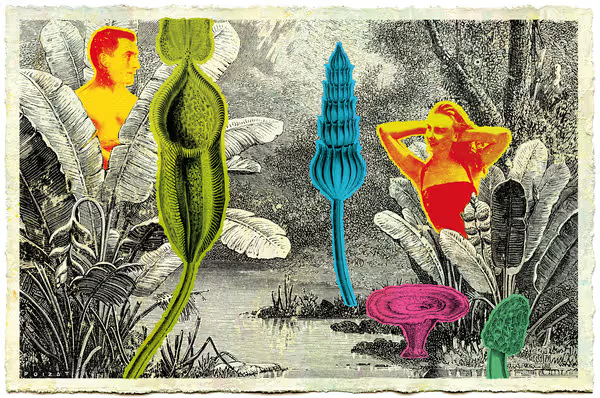A COUPLE of evolutionary psychologists recently published a book about human sexual behavior in prehistory called “Sex at Dawn.” Upon hearing of the project, one colleague, dubious that a modern scholar could hope to know anything about that period, asked them, “So what do you do, close your eyes and dream?”
Enlarge This Image
Actually, it’s a little more involved. Evolutionary psychologists who study mating behavior often begin with a hypothesis about how modern humans mate: say, that men think about sex more than women do. Then they gather evidence — from studies, statistics and surveys — to support that assumption. Finally, and here’s where the leap occurs, they construct an evolutionary theory to explain why men think about sex more than women, where that gender difference came from, what adaptive purpose it served in antiquity, and why we’re stuck with the consequences today.
Lately, however, a new cohort of scientists have been challenging the very existence of the gender differences in sexual behavior that Darwinians have spent the past 40 years trying to explain and justify on evolutionary grounds.
Of course, no fossilized record can really tell us how people behaved or thought back then, much less why they behaved or thought as they did. Nonetheless, something funny happens when social scientists claim that a behavior is rooted in our evolutionary past. Assumptions about that behavior take on the immutability of a physical trait — they come to seem as biologically rooted as opposable thumbs or ejaculation.
Read more at New York Times.
January 13, 2013
Darwin Was Wrong About Dating
What do women want? Pretty much what men want.


